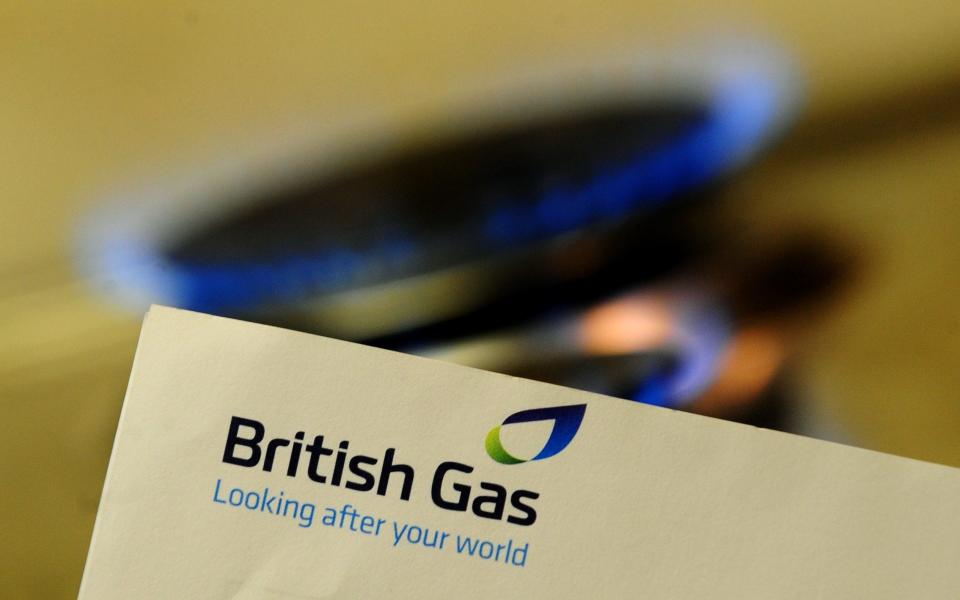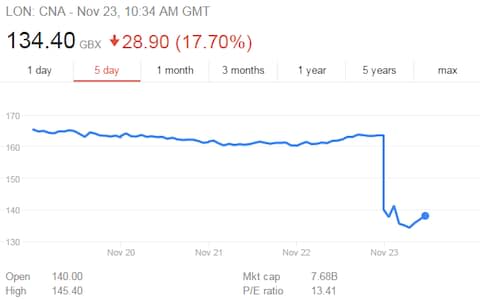Centrica battered by £1.6bn market crash after 823,000 flee British Gas

Over £1.6bn was wiped from the value of British Gas's parent company after the Big Six energy provider issued a huge profit warning and revealed that a recent energy price hike had resulted in the exodus of 823,000 customers in just four months
Centrica, the UK's largest energy utility, suffered its steepest share price fall in twenty years on Thursday morning after admitting its earnings per share for 2017 will be almost a fifth lower than investors had expected at 12.5p a share.
The FTSE 100 company has now lost £13bn in market value over the past four years due in the face of rising costs, mounting competition from new rivals and political intervention to keep bills low.
Iain Conn, the group’s chief executive, admitted that the tough conditions in Britain’s energy market were made worse by “disappointing” delivery in the last three months.

British Gas customers headed for the exits after the supplier announced a double-digit energy price hike of 12.5pc in August. As its customer base shrank, those that remained used less energy than usual due to a warmer than expected start to the autumn.
Meanwhile its business supply activities in the UK and North America also delivered disappointing results as well as a £76m pre-tax write-off.
The profit warning “has dealt a further blow to management credibility”, according to analysts at AB Bernstein, who said Centrica's executives appear to have been "completely blind-sided” by the struggles in the North America business.
“This counts as strike two against the newish management team - strike one was the surprise rights issue in May 2016,” the analysts said. "We believe that management credibility with investors is now at an all-time-low."

Mr Conn, a former BP executive, defended the group’s three year overhaul programme and said Centrica's balance sheet is “materially strengthened”.
Mr Conn took the helm in January 2015 and set the company on course for a multi-billion pound strategy shift away from high-cost energy production towards the customer-facing market six months later.
But the company's huge exposure to the household energy market has coincided with rising policy costs and fierce political pressure to keep bills low. Centrica’s bet on the digital ‘connected-home’ has also delivered slower than expected growth.
The stand-off between the Government and energy companies reached fever pitch last month as Prime Minister Theresa May kick started legislation to cap energy bills for those on standard variable tariffs.
Centrica has since announced plans to scrap its standard variable tariff, which are used by more than 15 million households.
The intervention hastened the exit of SSE and Innogy from the market in the biggest sector shakeup in fifteen years. Both will spin off their supply-arms to create a larger supplier capable of withstanding the hostile market.

 Yahoo Finance
Yahoo Finance 